There’s fast—and then there’s McLaren F1 fast. When it showed up in the early ’90s, it didn’t just raise the bar. It threw the bar out the window. Built by a Formula One team with zero interest in compromise, the F1 was designed to be the ultimate road car—and somehow, it actually delivered. Lightweight, insanely powerful, and stripped of anything that got in the way of driving, the McLaren F1 set records, won races, and rewrote the rulebook. Here’s why it still matters today.
It Was the First Road Car to Break 240 MPH

Back in 1998, the McLaren F1 set a world record by hitting 240.1 mph with the rev limiter removed. At the time, that kind of speed wasn’t just rare—it was unheard of in a street-legal car. And it wasn’t done with turbos or all-wheel drive. This was a naturally aspirated V12 with rear-wheel drive and a manual gearbox.
That record stood for over a decade, and even today, very few cars have managed to beat it without some serious engineering tricks. The F1 did it purely with balance, power, and clever aerodynamics.
It Had a Central Driving Position
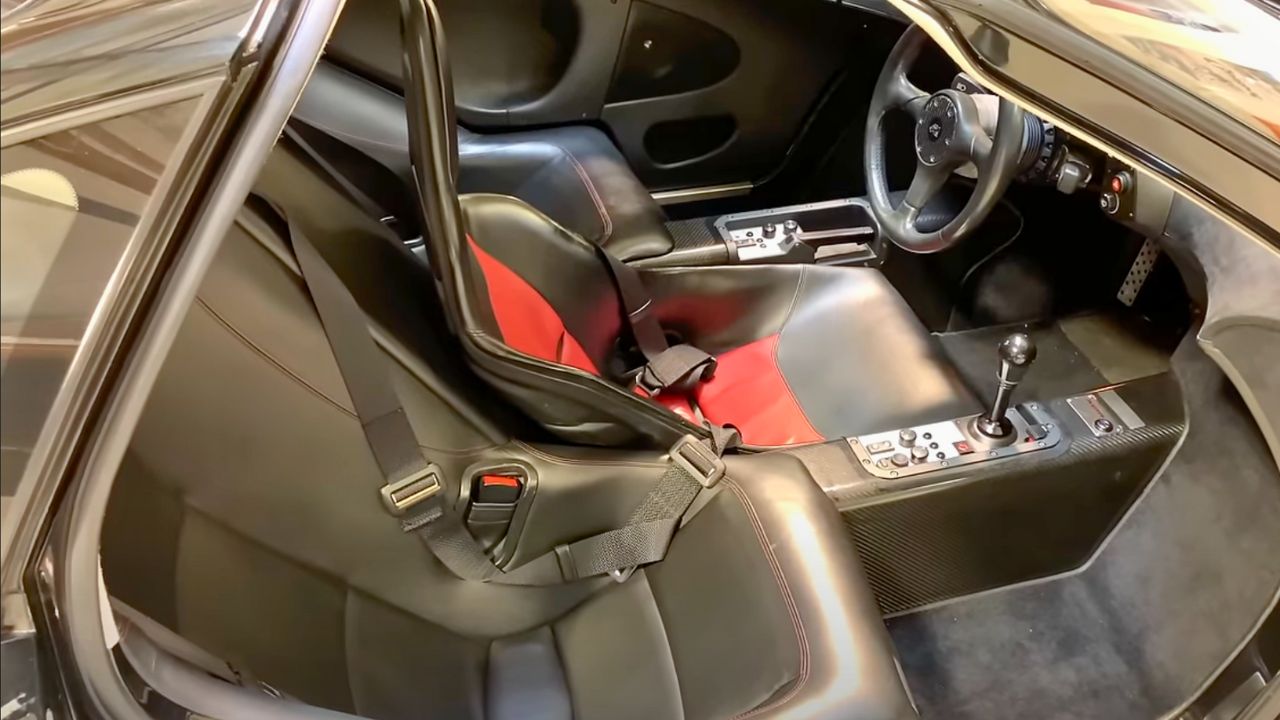
One of the wildest things about the F1 was where you sat. Instead of a traditional left- or right-hand setup, the driver’s seat was right in the middle. McLaren wanted perfect visibility and balance, so they built the car around the driver.
Flanked by two passenger seats slightly behind, this layout gave it an unmatched sense of control. It also made getting in and out a bit more of an event, but that was part of the charm. Nothing else on the road looked or felt quite like it.
The BMW V12 Was Built Just for the F1
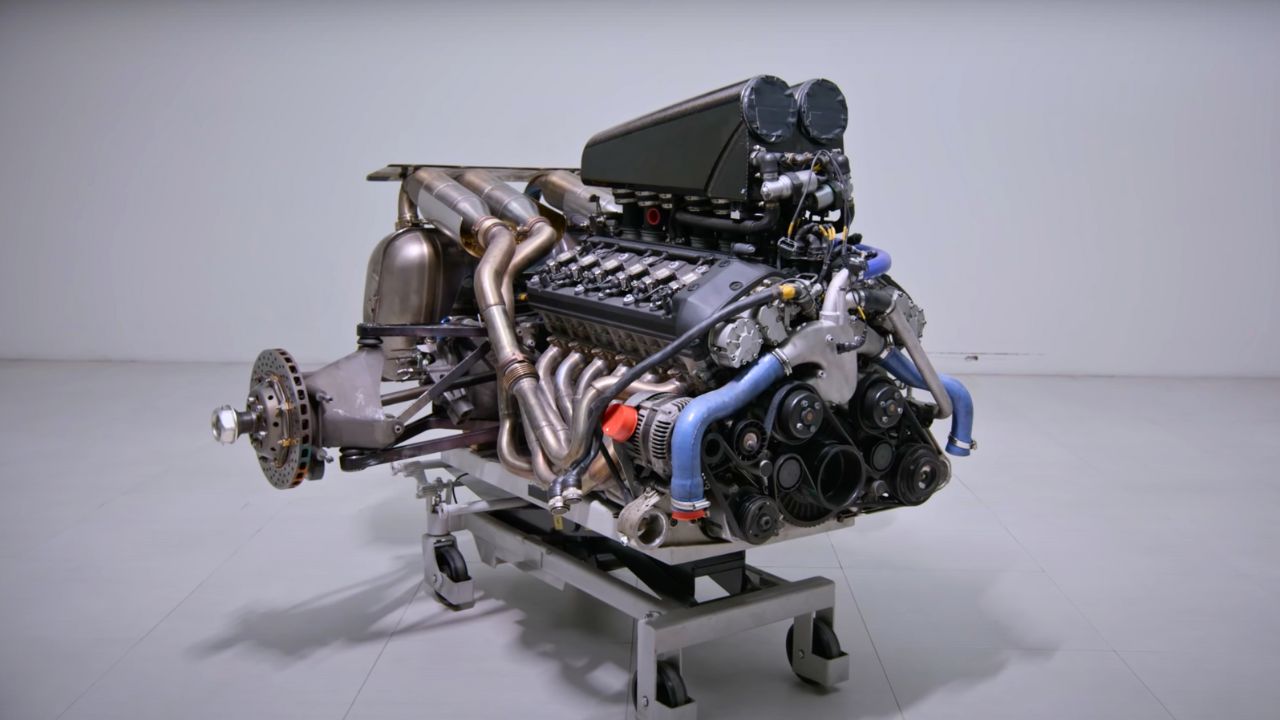
Under the rear clamshell sat a 6.1-liter naturally aspirated V12, built by BMW’s M Division specifically for this car. It was called the S70/2, and it pushed out 618 horsepower and 479 lb-ft of torque. At the time, it was one of the most powerful naturally aspirated engines ever put into a road car.
Gordon Murray, the man behind the F1, insisted on an engine with instant throttle response and no forced induction. BMW delivered, and the result was a powertrain that still holds up decades later.
It Had Gold in the Engine Bay
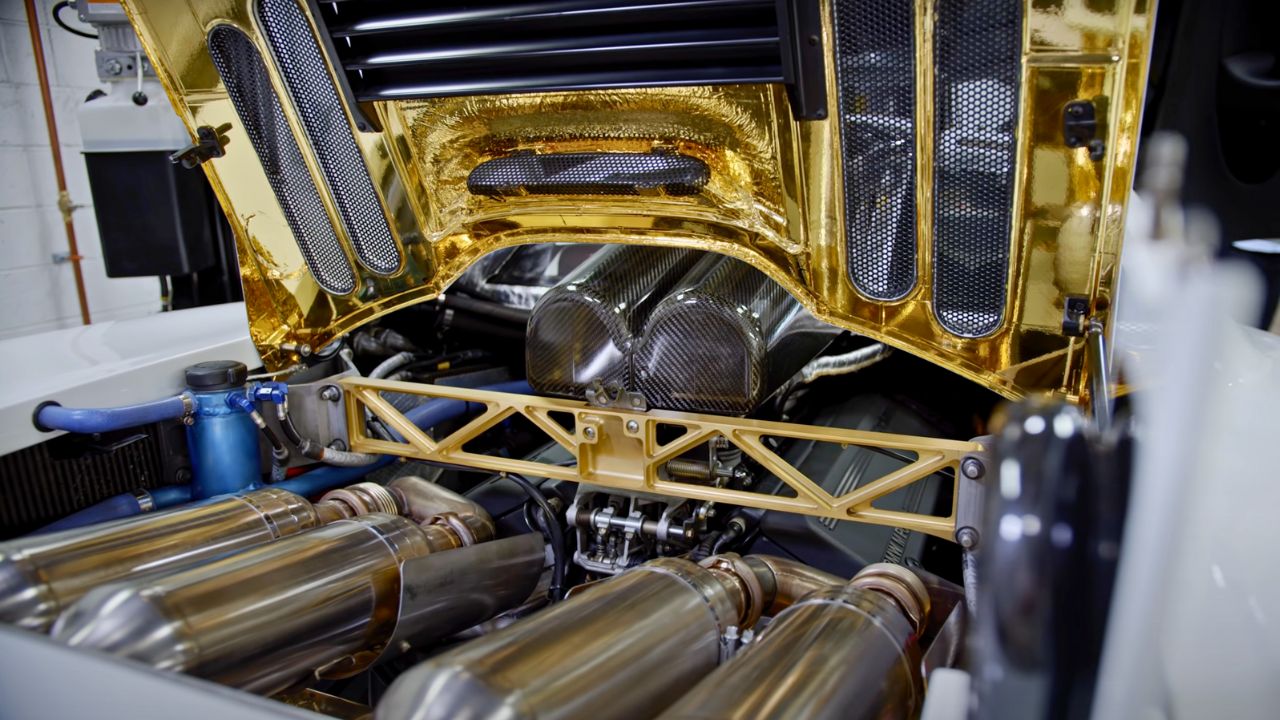
Gold isn’t just for show. The F1 used gold foil in the engine bay to reflect heat away from critical components. Because gold is one of the best heat insulators available, it helped manage temperatures from the big V12 sitting inches behind the driver’s head.
Each car used about an ounce of real gold in its heat shielding. It’s a small detail, but it shows the kind of obsessive design decisions that made the McLaren F1 so ahead of its time.
The F1 Was Built With a Manual Transmission Only
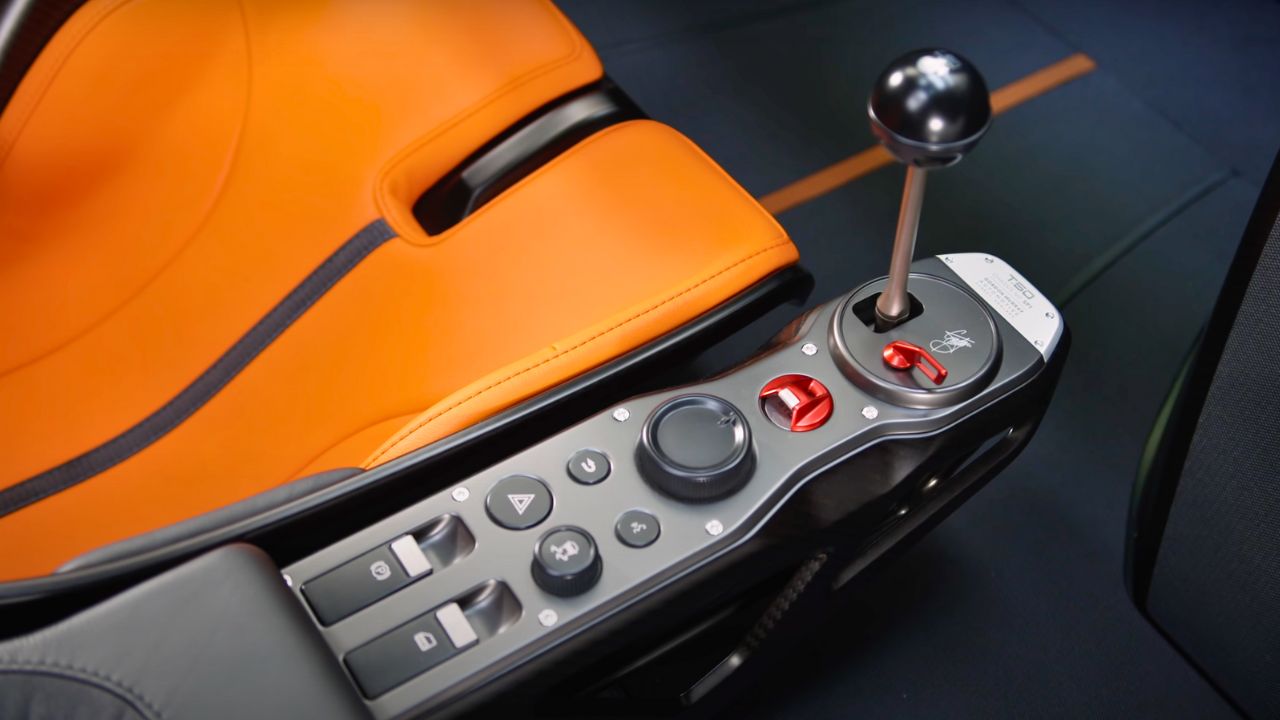
Unlike today’s supercars that rely on dual-clutch automatics and software-controlled everything, the McLaren F1 came with a six-speed manual transmission. That meant every shift was up to the driver—no paddles, no electronic aids.
It was a raw, analog experience at speeds most people never get close to. This focus on driver involvement made the F1 as rewarding to drive as it was fast. It wasn’t just about numbers—it was about how it made you feel behind the wheel.
It Had No Power Steering or ABS

To keep weight down and preserve driver feedback, the F1 skipped power steering and anti-lock brakes—at least in the early cars. That’s almost unthinkable for a car that could do over 200 mph, but that’s how focused it was on pure driving feel.
Later versions added power steering, but the purists will tell you the early cars gave you every bit of road texture through the wheel. You had to know what you were doing—but if you did, there was nothing else like it.
Only 106 Were Ever Built

Between 1992 and 1998, McLaren built just 106 F1s, including prototypes, race cars, and special editions. Only 64 of those were road-legal models, which makes them incredibly rare.
Today, those cars are worth tens of millions, with the highest-selling example going for over $20 million at auction. The combination of performance, rarity, and cultural impact has turned the F1 into one of the most valuable collector cars in the world.
It Won Le Mans—Straight Out of the Box

In 1995, a McLaren F1 GTR won the 24 Hours of Le Mans. And here’s the kicker—it was barely modified from the road-going version. While other manufacturers built dedicated race cars, McLaren just added some aero bits and safety equipment.
The F1 not only competed—it beat everyone, including the purpose-built prototypes. That win cemented its legacy as more than just a fast road car. It proved the F1 was a legit race machine, capable of going toe-to-toe with the best in the world.
*This article was hand crafted with AI-powered tools and has been car-fully, I mean carefully, reviewed by our editors.


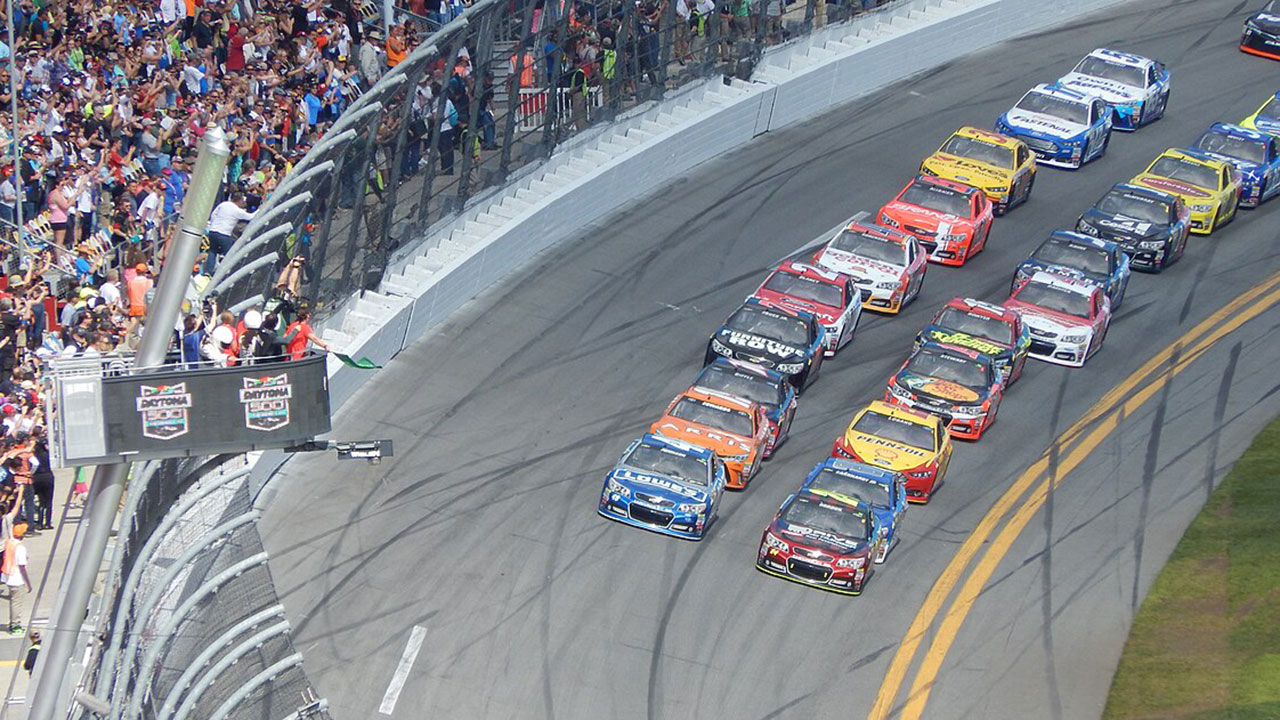

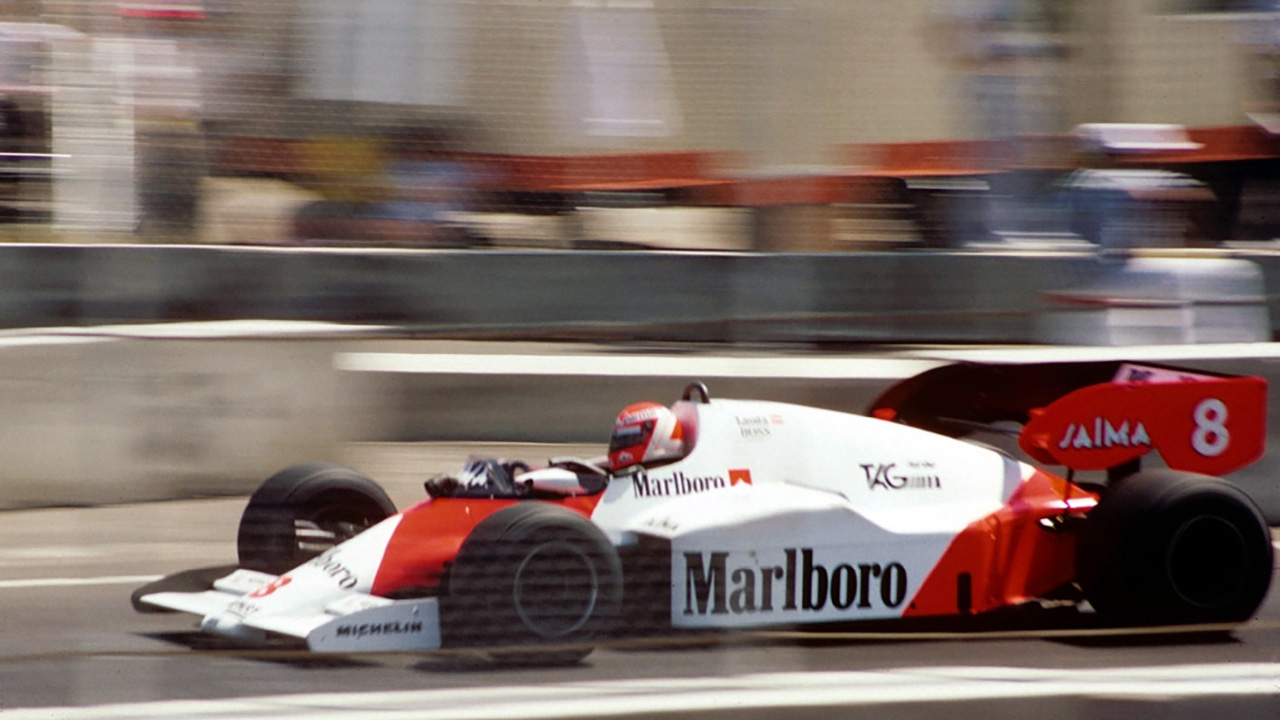
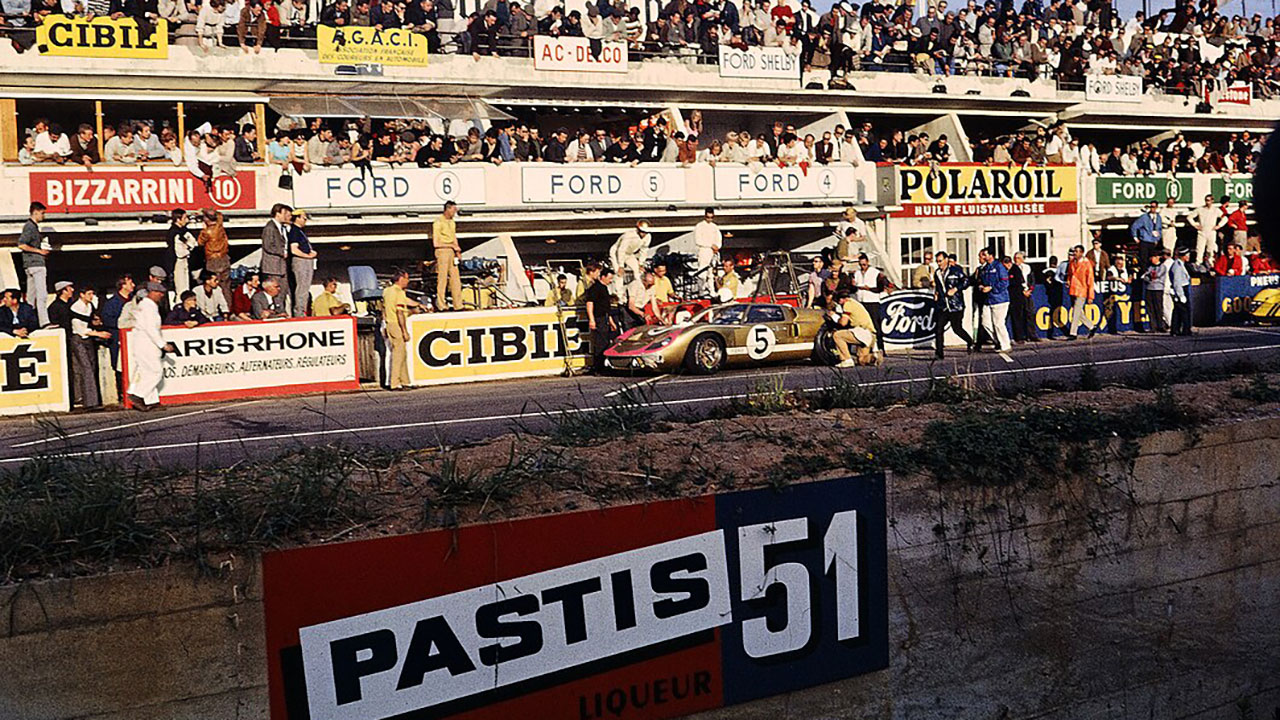

Leave a Reply